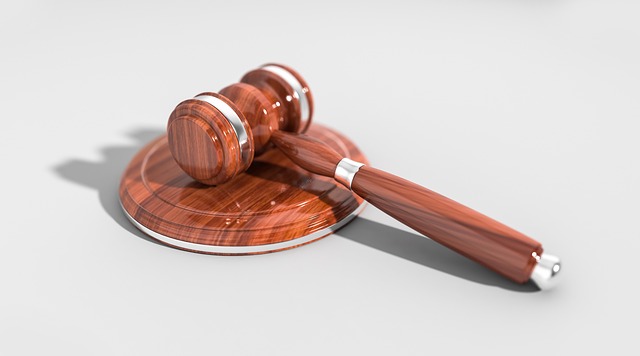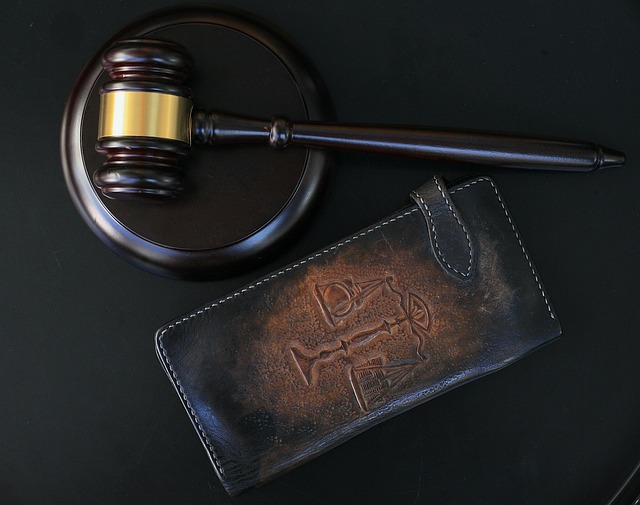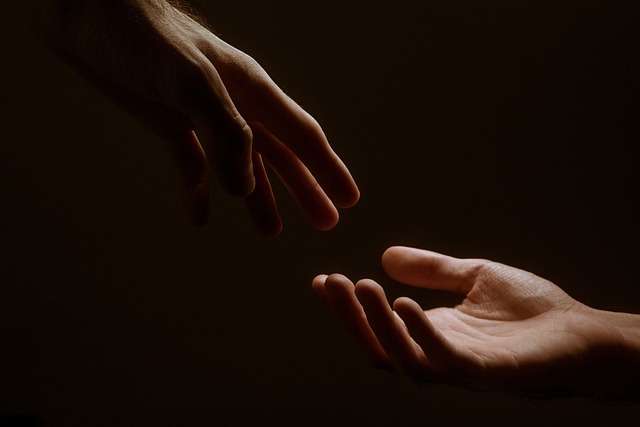Bicycle accidents can cause a range of muscle, joint, and soft tissue injuries, including sprains, strains, fractures, dislocations, and lower back issues like herniated discs. Symptoms vary from minor pain to severe head trauma. Initial treatment involves RICE protocol, over-the-counter pain relievers, and physical therapy for recovery. Legal consultation is important if negligence contributes to the accident, helping individuals understand their rights and compensation options for bicycle accident injuries. Proper medical care and adherence to advice are key to minimizing long-term effects.
Bicycle accidents can lead to a range of muscle and joint injuries, from sprains and strains to more severe fractures. This comprehensive overview aims to equip cyclists with knowledge about common injuries, their symptoms, and available treatment options. Understanding these aspects is crucial for prompt diagnosis and effective recovery after a bicycle accident. By recognizing potential injuries and following the right course of action, riders can enhance their road safety and ensure a smoother healing process.
- Common Muscle and Joint Injuries in Bicycle Accidents
- Symptoms and Diagnosis of Bicycle Accident Injuries
- Treatment and Recovery for Muscle and Joint Bicycle Accident Injuries
Common Muscle and Joint Injuries in Bicycle Accidents

In bicycle accidents, muscle and joint injuries are prevalent due to the sudden impact and force exerted on the rider’s body. Common injuries include sprains and strains, particularly in the wrists, shoulders, and knees—areas not adequately protected by standard bike gear. These can range from mild discomfort to severe tears that may require surgery and extensive physical therapy for recovery.
Additionally, cyclists often experience fractures, dislocations, and soft tissue damage, such as contusions and abrasions. The lower back is a vulnerable area, susceptible to injuries like herniated discs, which can lead to chronic pain if not properly treated. When dealing with bicycle accident injuries, individuals may consider personal injury claims if another party’s negligence led to the accident. It’s crucial to consult an experienced accident attorney who understands the fiduciary duty breaches that can occur in such cases and knows how to navigate legal processes for compensation and justice.
Symptoms and Diagnosis of Bicycle Accident Injuries

Bicycle accident injuries can range from minor to severe, depending on various factors including the speed of impact, type of vehicle involved, and protective gear used. Common symptoms include immediate pain at the site of impact, swelling, bruising, and difficulty moving the affected limb. In more serious cases, individuals might experience fractures, dislocations, or even head trauma, requiring urgent medical attention.
Diagnosis for bicycle accident injuries typically involves a thorough physical examination, imaging tests such as X-rays or MRI scans, and sometimes blood work. The presence of slip and fall injuries may necessitate additional assessments to rule out underlying conditions. If the injury is severe, an individual might require surgery or prolonged rehabilitation. It’s crucial for victims to seek immediate medical care after such accidents and consult with an experienced accident lawyer to understand their rights and options regarding injury compensation.
Treatment and Recovery for Muscle and Joint Bicycle Accident Injuries

Treatment for muscle and joint injuries sustained in a bicycle accident often involves a combination of rest, ice, compression, and elevation (RICE). This initial phase helps reduce pain, swelling, and inflammation. Over-the-counter pain relievers can also be used to manage discomfort during recovery. Once the acute phase passes, physical therapy becomes crucial. A qualified therapist can design specific exercises to improve range of motion, restore strength, and prevent future injuries.
As healing progresses, a gradual return to physical activity is recommended. This could involve cycling at a slower pace or trying low-impact exercises like swimming or yoga. It’s important to listen to your body and avoid pushing yourself too hard, as this can lead to setbacks. In severe cases, surgery might be necessary to repair damaged tissues. A car accident lawyer specializing in personal injury may advise on legal steps if the bicycle accident was caused by a breach of traffic rules or negligence from others, such as drivers or property owners. Remember, proper recovery time and adherence to medical advice are key to minimizing long-term effects and ensuring a complete recovery from bicycle accident injuries.
Bicycle accidents can lead to a range of muscle and joint injuries, from sprains to more severe fractures. Understanding common injuries, their symptoms, and appropriate treatment is crucial for effective recovery. Prompt diagnosis and specialized care can significantly enhance the healing process, ensuring cyclists return to their active lifestyles safely and swiftly. By being aware of potential risks and taking preventive measures, riders can minimize the impact of accidents and enjoy a smoother journey on two wheels.






